I have always been drawn to the photographs that tell a story and exude genuine emotion at a specific moment in time. Often times one’s ability to feel happiness or joy in such a moment is only possible because the emotion is familiar to them. If a child is not accustomed to laughing with their father, or a husband not familiar with an adoring gaze by their wife, then such emotion will not show itself in a photography session. At least not without a strenuous amount of effort or carefully selected prompts.
Photographs, on the other hand, that produce curated smiles directly at a camera lens are by no means subject to a less talented photographer, and certainly require just as much patience, but what they seek to capture is not necessarily a reflection of someone’s story.
Or more poignantly, such a photograph is not a window into someone’s home, where relationship and authenticity should be at its most vibrant because there it is also most fragile.
As much as I am enamored with this approach towards photography, I have also had to journey in that direction. When I first began very [very] casually some six years ago, I spent a great deal of any session following my family around. Posing was existent but rather minimal, as any effort to pose came more out of a fear of not knowing what to do in the middle of a session. So I had poses in mind, inspired by Pinterest, that I could at least pull out of my back pocket on an ‘as need basis’. Although ultimately I assumed that posing would tend to stiffen the moment and prevent individuals from authentically engaging with one another.
Now granted, there are still some photographs that I rather love from those early days of photography exploring, and a few even still sit in my online portfolio. Although as I have poured into the influence and visual inspiration of other photographers, I have come to understand posing in a whole new way.
Why NOT posing doesn’t mean it will look natural.
As I mentioned, my first impression of posing was that it only served to curate direct, into the lens smiles and thereby diminished real relational dynamic. Until I realized that the opposite is actually true, IF you pose with that heartbeat in mind.
Here is a photograph from those early day of a family that I asked to sit on the ground, and perhaps vaguely told them where, but not much more. I probably said “Everyone smile!” because although I wanted authentic smiles, I still hadn’t thought through anything else to say that would prompt their engagement.
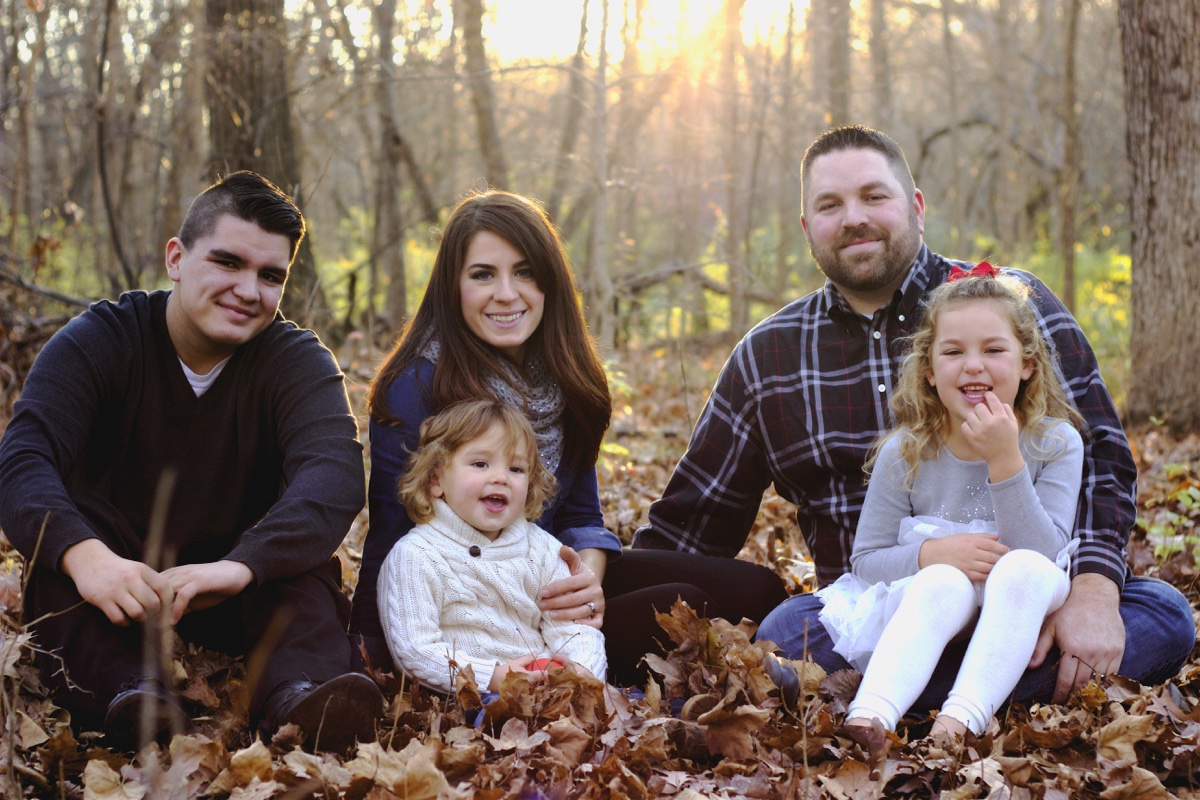
This sweet family below was gracious enough to ask me to be their photographer a second time, as my “follow-you-around” approach wasn’t quite what they had in mind. The following summer came and I was intentional with poses that drew everyone’s eye to the camera… okay, well most eyes. Mama was thrilled that I had captured so many photographs that exuded that focus, and I was happy to be able to deliver what she had envisioned, although the experience simply led me to believe all the more so that posing is for this type of photograph.
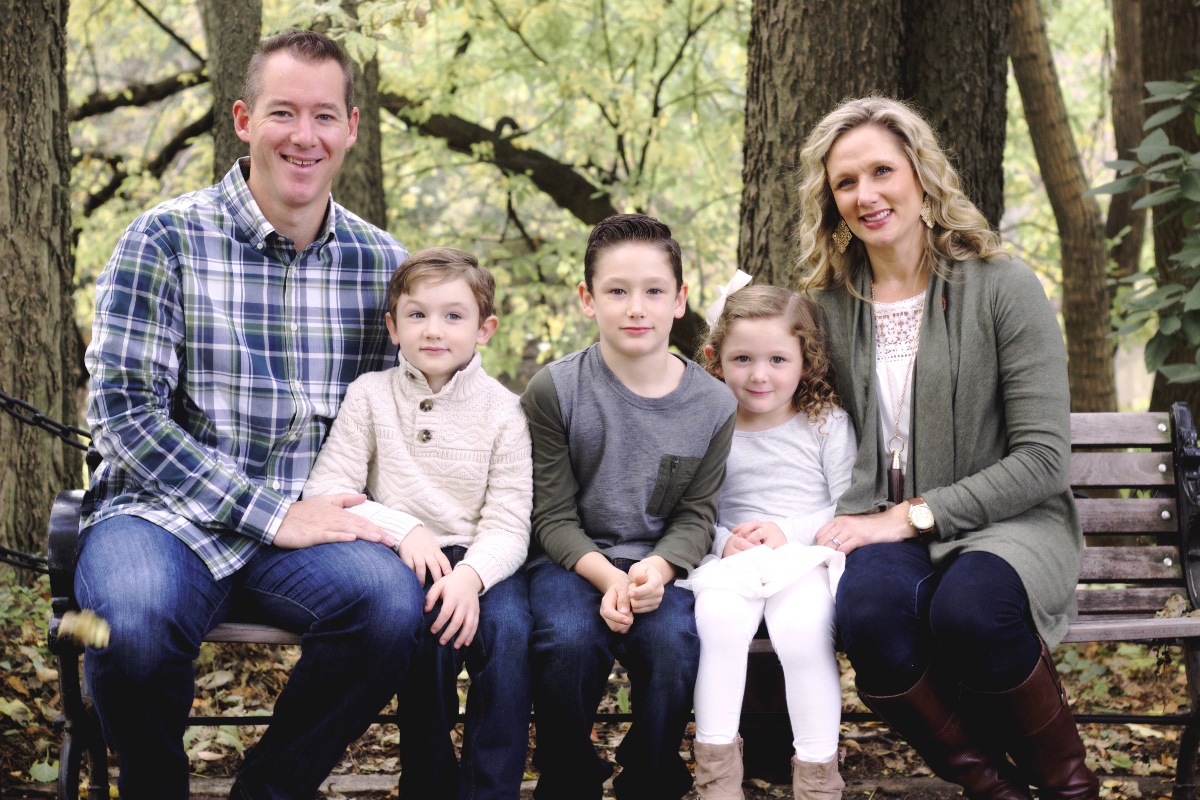
Then came a few workshops, and one Seattle based photographer in particular that I followed to a fault, and found that posing rather beautifully worked to draw out the dynamic and emotion – the story of home – that I was so desperate to uncover. The best part being that I can have control of a session, rather than waiting for those moments to happen. Now I pose everything that doesn’t feel right. The placement of a hand. The gaze of someone’s eyes. The bend of a knee. Here’s why.
Posing works to eliminate space, thereby creating intimacy.
My favorite pose has become this one. When family envelops one another with their arms, the affection they feel seems to pour out of the image. Most families will not naturally get this close during a session. Perhaps they feel the need to keep their eyes accessible for the camera, but once given permission to really embrace one another, it seems I fade away for just long enough to let them be themselves.
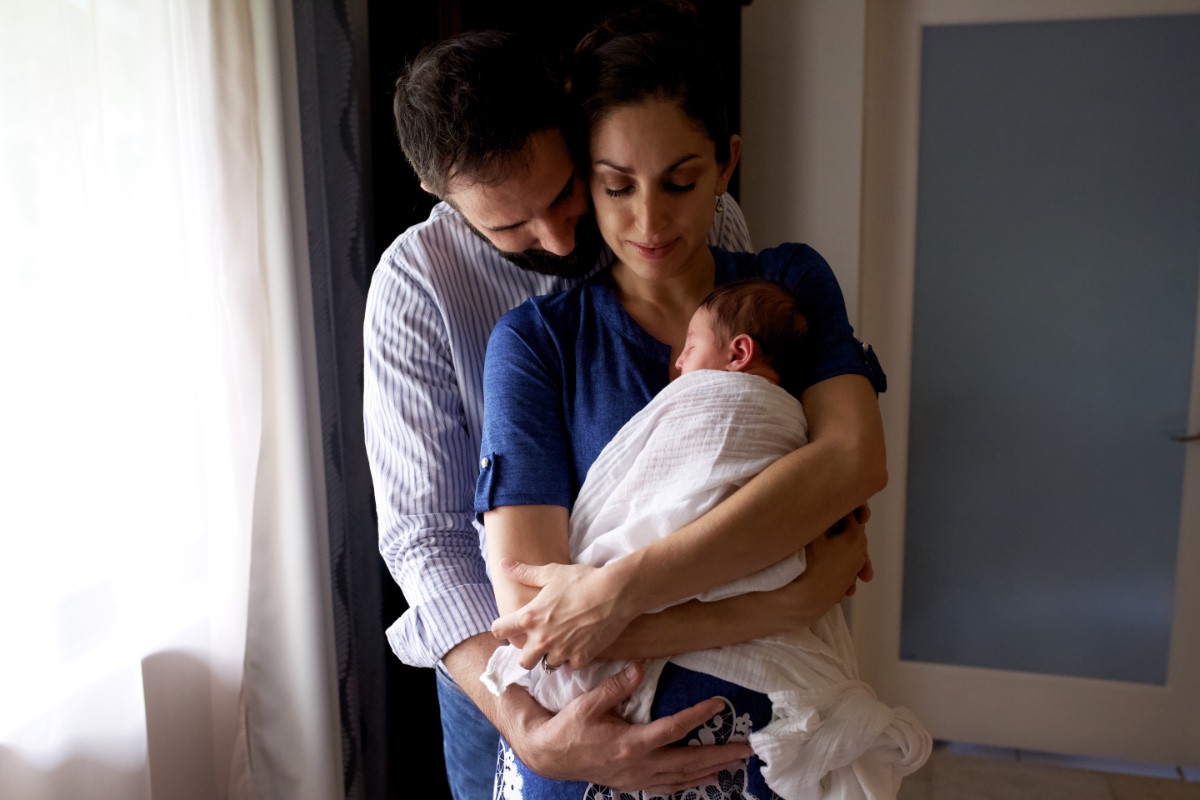
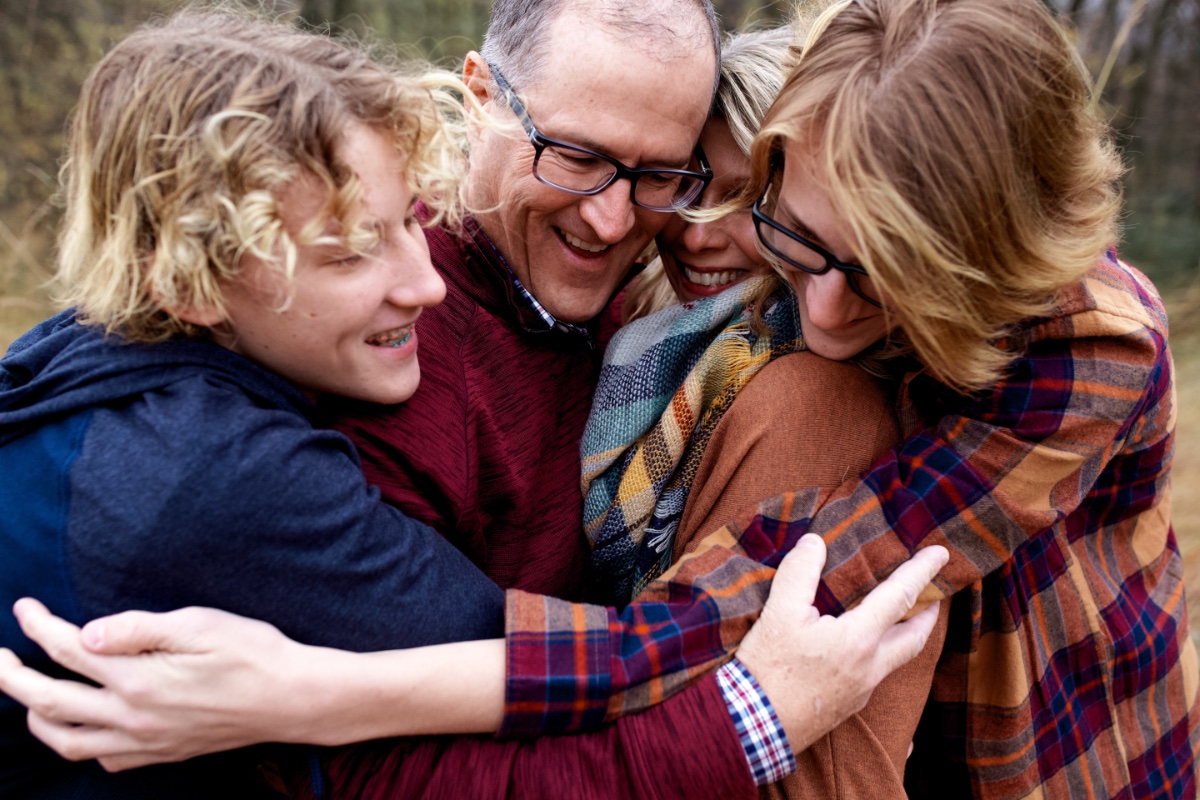
Posing works to direct your gaze, thereby creating a focal point.
In the theatre world, upstaging – or having your back to the audience – is a no go. Although in a photograph, someone’s position can actually serve to draw your attention right where the focus needs to be, while simultaneously allowing a family to feel more at ease in front of a camera.
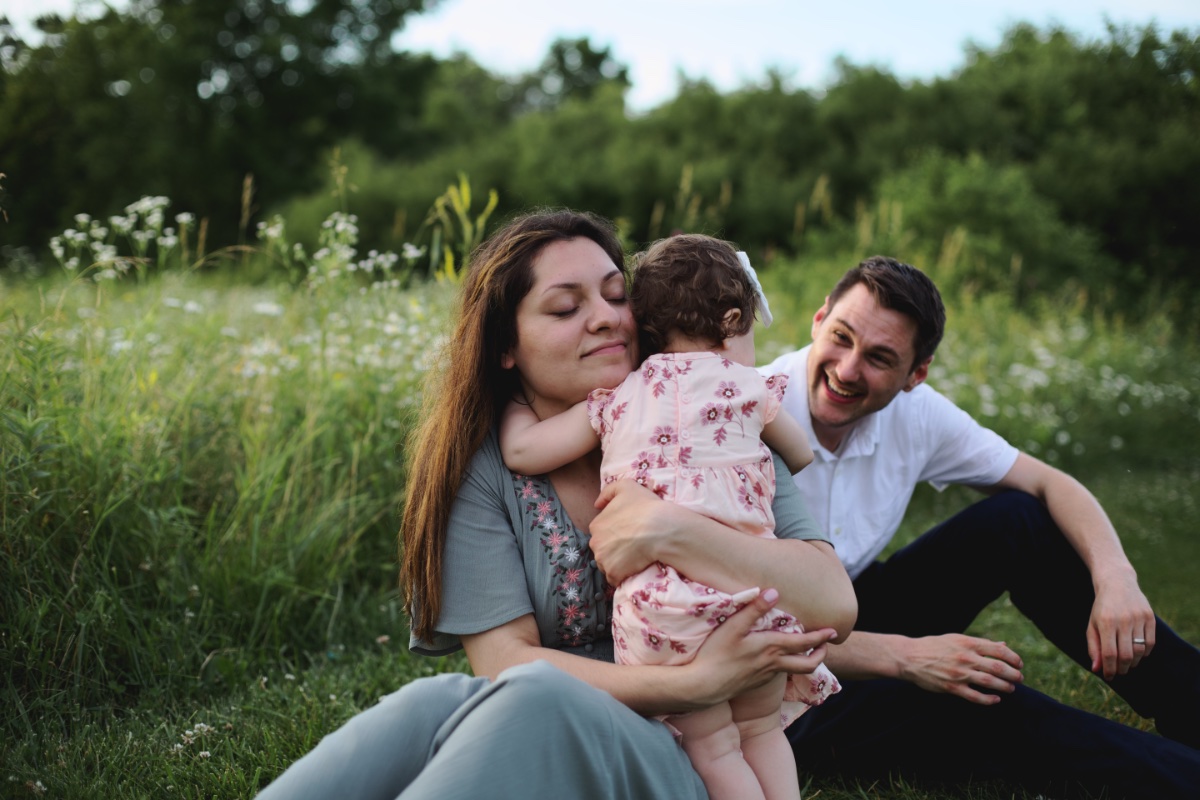

Posing works to let the photographer be in control so the family can just have fun.
This is one that I am honestly still learning. Communicating who I am as a photographer is of utmost importance from the onset, but that doesn’t mean that when it comes to session day I can simply hope that what I have communicated will match an eventual gallery of images. My insecurity as a photographer emerges when Mom begins to share images that she found that she wants to see replicated in her family photographs, or when Dad finds a cool spot to take stand by, and my vision is suddenly, and all too easily, derailed. (By the way, it’s always Dad that knows a good spot for a picture. He most likely saw it on the way in.) Although for your sake, I will continue to work on this essential ability to take control of a session in a way that makes everyone feel that they are in good hands, while also being heard.
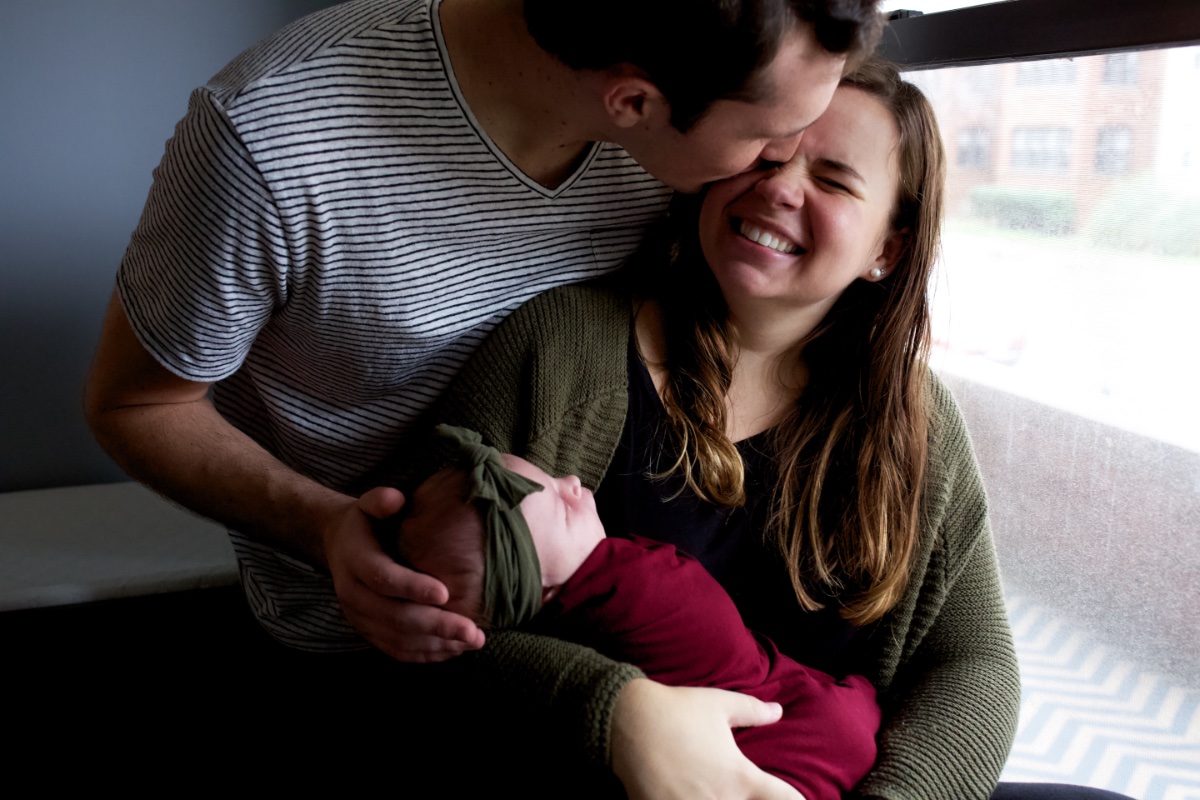
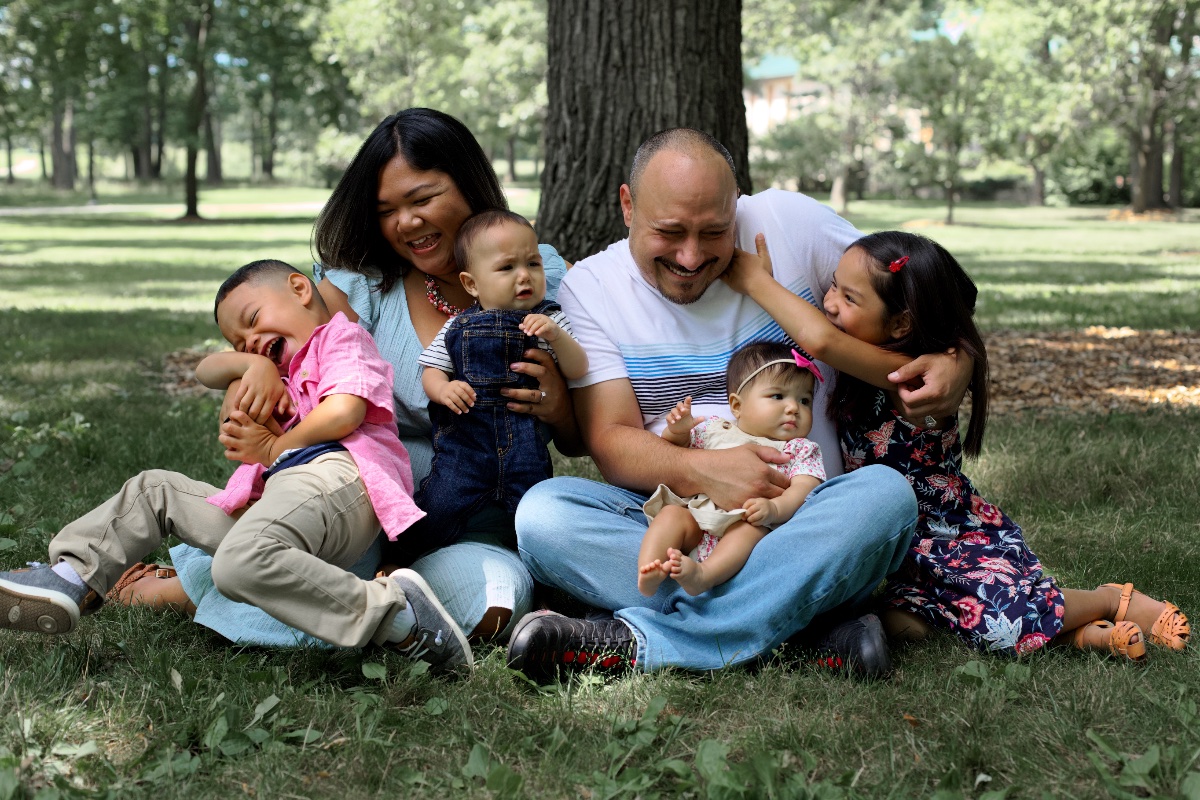
Simply know that my focus is such that you will have a gallery of images that reflects the reason you hired me, and I will admit that I get rather giddy when I feel I was able to share with you in pictures a story that you already know.
Love your transparency and desire to showcase genuine, authentic and organic families through photos! Truly it is your gift of art!
Thank you, Christina! It certainly is a joy!